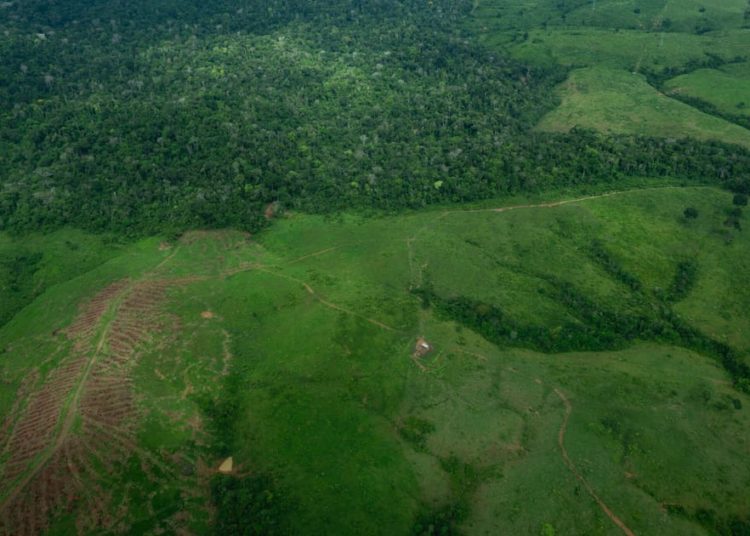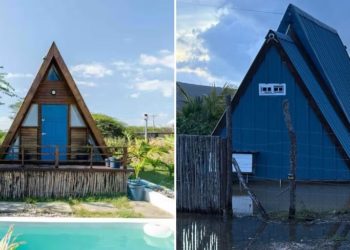After January’s devastating Los Angeles wildfires, Californians are rebuilding their homes, livelihoods, and lives.
However, that’s going to become increasingly difficult in the area, as The Washington Post revealed.
What’s happening?
Using state fire maps drawn up by the California Department of Forestry and Fire Protection, the Post determined that 1 in 8 Californians live in areas susceptible to the kind of damage brought by January’s blazes.
According to Cal Fire, 23,448 acres burned in the Palisades Fire, while 14,021 acres were decimated by the Eaton Fire. More than 16,000 residential and commercial buildings were destroyed, and 29 people were killed.
The Post’s analysis — which accounted for local fire services, fire history, weather patterns, and local terrain — found that around 5.1 million people live in the two highest-severity fire zones in California.
Why is this analysis concerning?
Rising global temperatures are making the threat of extreme weather events much worse. In California, which is becoming hotter and drier, the conditions for wildfire are increasingly favorable.
Watch now: Survivors of extreme weather events discuss their fears for their children
This obviously puts lives and properties at risk. While home insurance once offered at least some form of financial safety net, policies are rising unsustainably in price, leaving many unable to afford protection.
However, even if the money is available for monthly home insurance premiums, policies might not be. Plenty of insurance companies are withdrawing fire protection as the risks mount. Updated fire maps are only going to exacerbate this issue.
“They’re in a wait-and-see mode,” Anish Saraiya, who is leading Altadena fire recovery efforts, told the Post. “A lot of insurance companies claim they don’t utilize these maps. … I think they will have an impact.”
Meanwhile, some people are struggling with claims because of exhausting bureaucracy and agreements with vague definitions.
What can be done about wildfire risks?
Changing construction methods to emphasize fire resistance is one way to mitigate the risk of losing a home or business to wildfire damage.
However, the Post shared analysis from research group Headwaters Economics that found the average cost to replace a home under state fire building requirements could increase by up to $15,000. For those unable to access payouts from insurance companies in the first place, rebuilding will be increasingly difficult.
There’s also the possibility that rebuilding is simply not desirable considering the risk of another devastating blaze in the area is growing.
Whatever homeowners and business owners decide, reducing the chances of wildfire is mostly dependent on all of us slashing our production of polluting gas emissions — which trap heat in the atmosphere and cause thermometer readings to climb.
To do that, we need to move away from gas-guzzling cars, look toward renewable energy sources, and consider the negative environmental impact of our lifestyle choices.
Join our free newsletter for good news and useful tips, and don’t miss this cool list of easy ways to help yourself while helping the planet.
The post ‘They will have an impact’ appeared first on The Cool Down.




